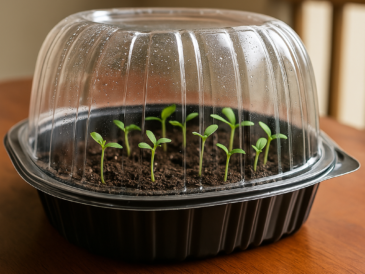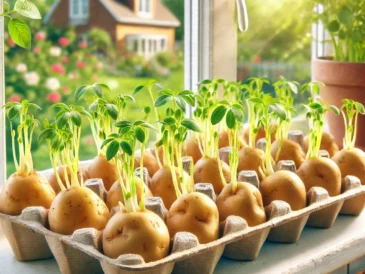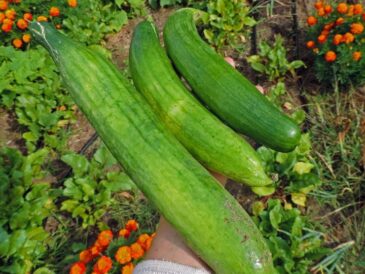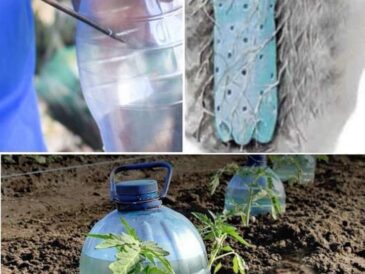Step 1: Prevent Their Spread
🚫 Inspect new plants and soil before bringing them home.
🚫 Avoid sharing compost, mulch, or soil from unknown sources.
🚫 Clean garden tools and boots after working in affected areas.
🚫 Don’t use jumping worms as fishing bait. If you do, discard them in the trash (not the soil or water).
Step 2: Check Your Garden for Jumping Worms
To see if you have jumping worms, use the mustard test:
- Mix 1 gallon of water with 1/3 cup of mustard powder.
- Pour the solution over a suspected infested area.
- Wait a few minutes – if jumping worms are present, they will wriggle and surface aggressively.
Step 3: Remove and Kill the Worms
If you find jumping worms, you should:
✔ Manually collect and dispose of them – Place them in a sealed plastic bag and leave it in the sun before throwing them in the trash.
✔ Use heat treatment – Expose them to direct sunlight or drop them in a bucket of soapy water to kill them.
✔ Destroy their cocoons – Till the soil lightly in fall to expose their cocoons, making them vulnerable to freezing temperatures.
Step 4: Use Biological and Organic Control Methods
✅ Solarization: Cover infested areas with clear plastic tarps in summer. The heat kills both worms and cocoons.
✅ Diatomaceous Earth (DE): Sprinkle food-grade diatomaceous earth on the soil surface to deter worms.
✅ Wood Ash & Coffee Grounds: Some gardeners report that sprinkling wood ash or coffee grounds repels jumping worms.
🚫 Chemical pesticides do NOT work on jumping worms, so natural methods are the best approach.
How to Restore Your Soil After a Jumping Worm Infestation
Once you have removed the worms, you need to rebuild your soil to support healthy plant growth.
1️⃣ Add Organic Matter Back to the Soil
Since jumping worms deplete organic material, add:
🌱 Compost
🌱 Aged manure
🌱 Mulch (like shredded leaves or bark)
2️⃣ Reintroduce Native Earthworms
If your soil has been stripped of good earthworms, you can purchase native worm species from a local supplier to help rebuild healthy soil.
3️⃣ Plant Cover Crops
Growing cover crops like clover, rye, or vetch helps improve soil structure and prevent future infestations.
Final Thoughts
Jumping worms are a serious threat to home gardens and native ecosystems. They degrade soil, harm plant health, and spread rapidly. However, by staying vigilant, taking preventive measures, and using natural control methods, you can manage their impact and restore your garden’s health.
🌿 Have you encountered jumping worms in your garden? Share your experiences and solutions in the comments below! 🐛🚫




